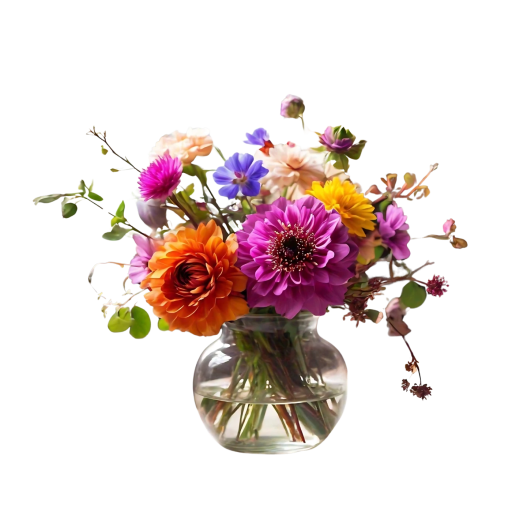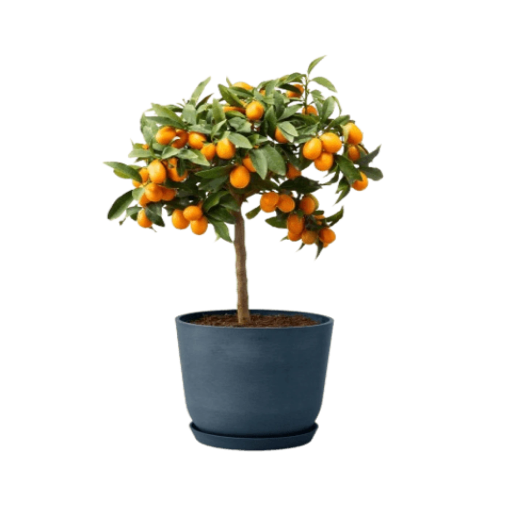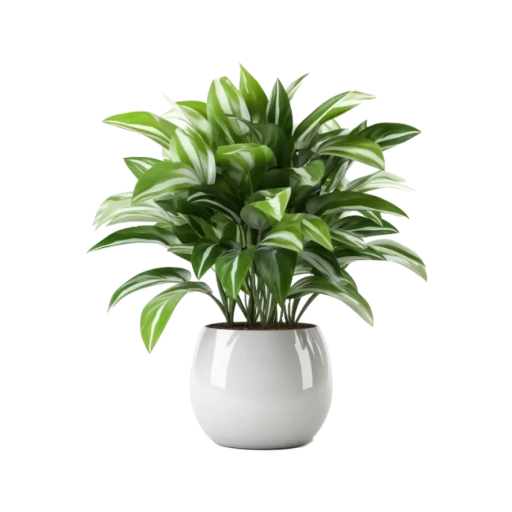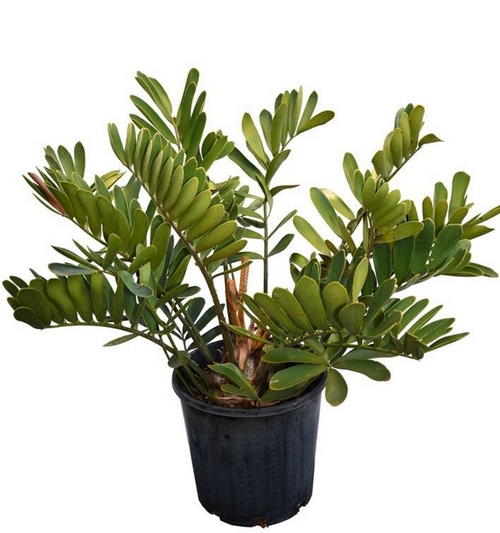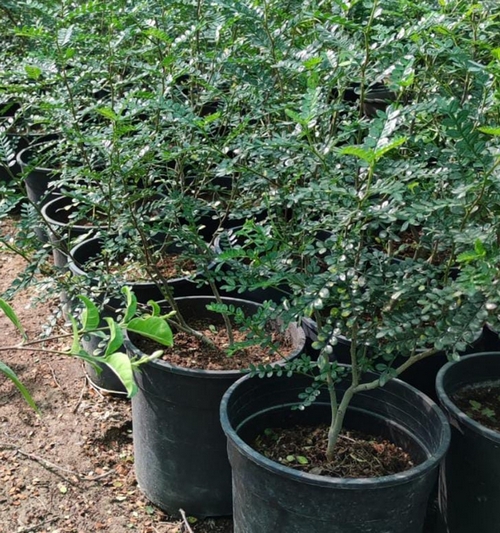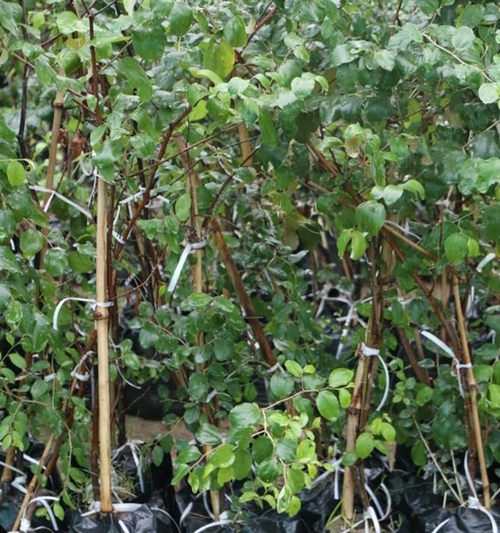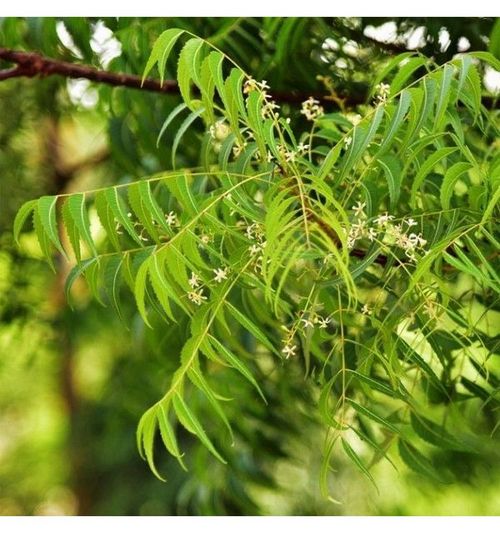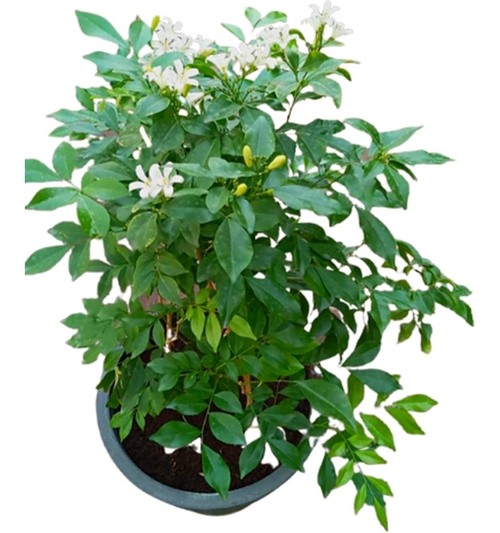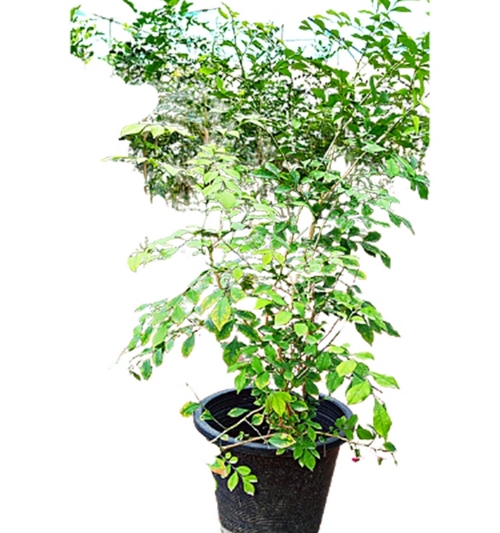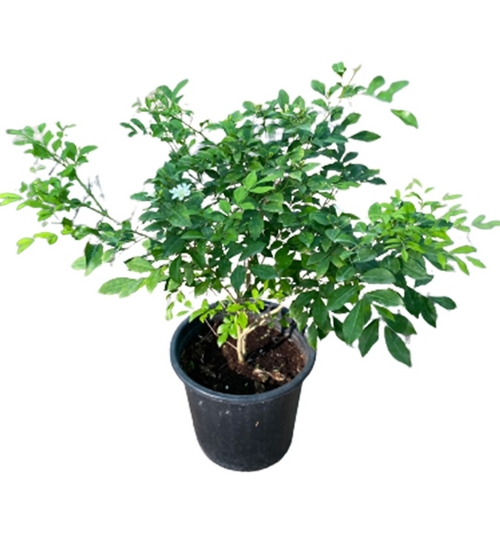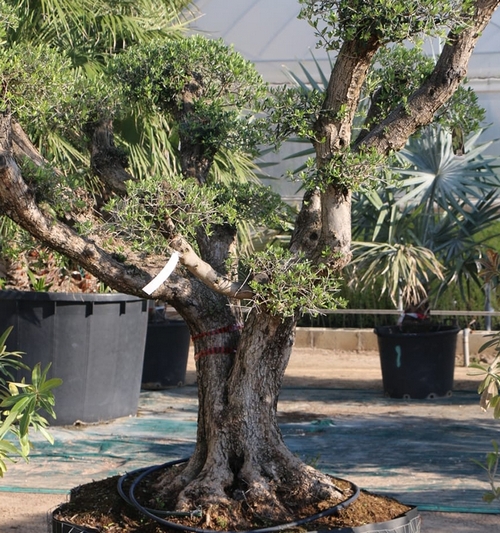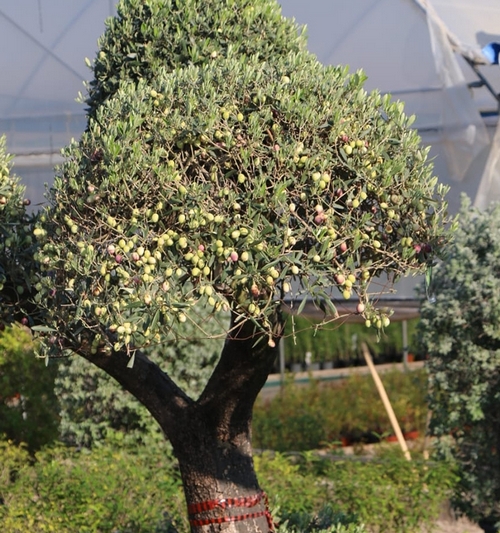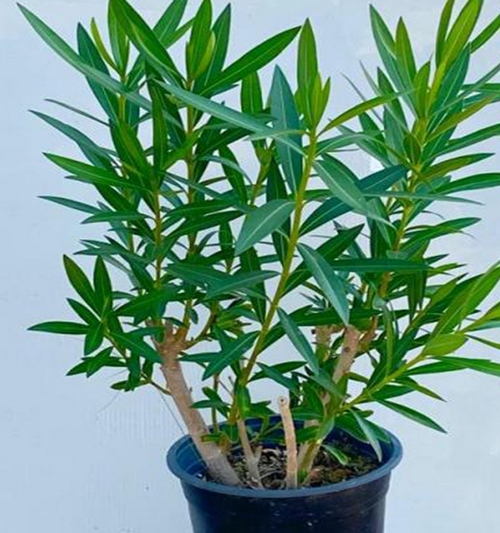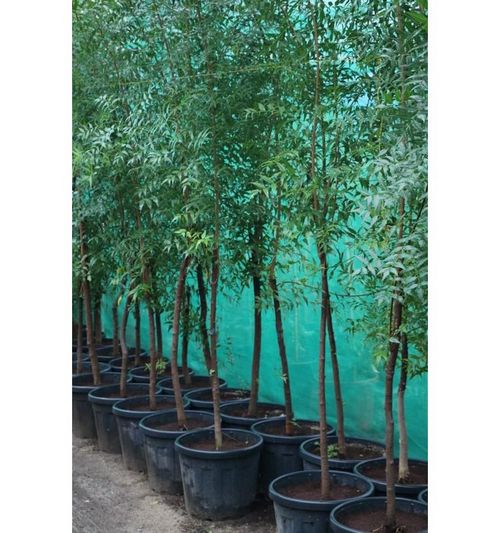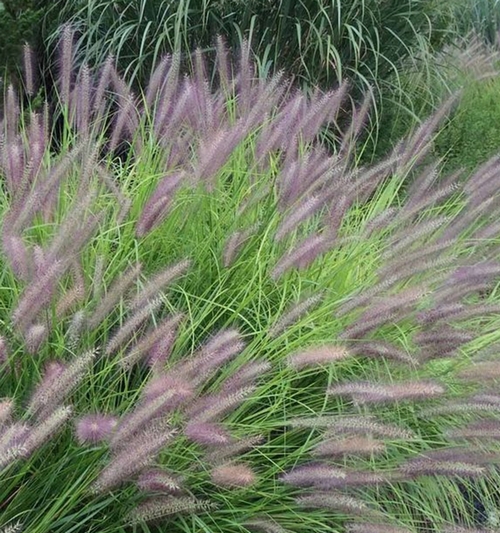Uses
Where winter hardy, they can be grown as ornamentals and/or for fruit production. Climate must be proper for good fruit production. Where not winter hardy, grow in greenhouses or conservatories or in containers that are overwintered in cool indoor locations.
Care And Nurture
Sunlight
- Keep the plant in morning sunlight for 3 to 6 hou ¹
- Protect the plant from direct harsh sunlight as it can cause damage to the foliage.
Soil
- The soil should be well drained and fertile rich in oragnic content.
Watering
- Poke your finger/plain small stick into the soil to check the moisture.
- Water when top soil (3-4 inches) feels dry to touch.
- Water thoroughly in the summer and reduce watering in winter and rainy season.
Application of Fertilizer
- During the main growing season feed the plant with organic fertilizer once a month.
- Loosen the topsoil without disturbing the roots of the plant so it can uptake the nutrients and moisture easily.
Re-potting
- When a plant outgrows in current pot, re-pot with fresh potting soil and some fertilizer.
- Do the re-potting late evening and keep the plant in shady area for 2 to 3 days and then move the plant in its suitable climatic condition.
Plant Protection
- Remove dead, infected or damaged plant parts and dispose them away from the planting area.
- Spray Neem, Eucalyptus or Citrus oil for any insect/pest attack, as a primary treatment.
Donts
-
- Easily grows in AC rooms but away from AC vents.
- Do not over-water the plant especially when pot does not have drainage holes.
| Sunlight |
Keep the plant in morning sunlight for 3 to 6 hours |
| Watering |
Poke your finger/plain small stick into the soil to check the moisture. Water when topsoil (3-4 inches) feels dry to touch. Water thoroughly in the summer and reduce watering in winter and rainy season. |
| Soil |
Soil should be well drain and fertile, rich in organic content. |
| Temperature |
16 to 30 degrees Celcius. |
| Fertilizer |
Apply any organic fertilizer. |
| Harvest Season |
Harvest the leaf when it grows well and looks fleshy. |



